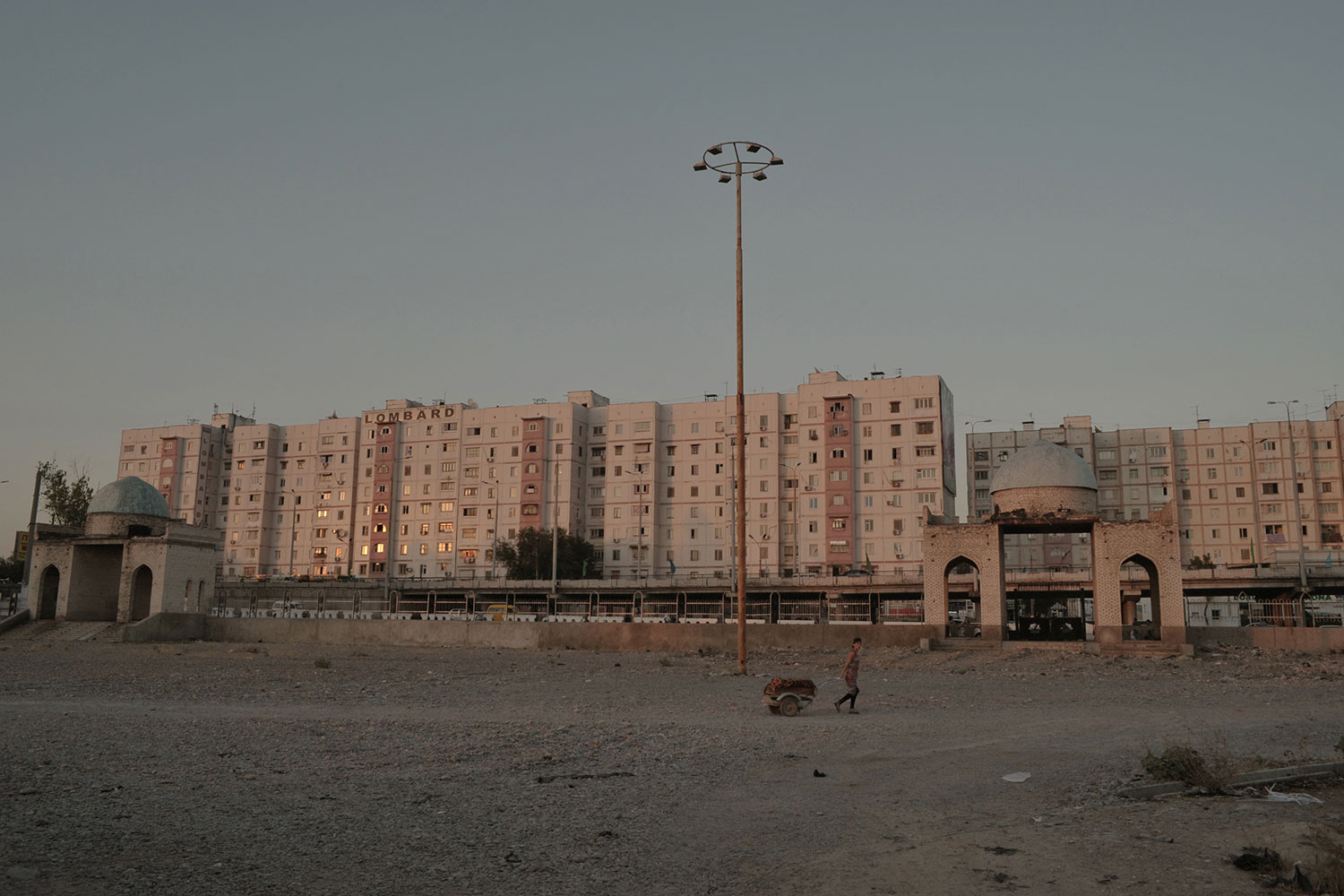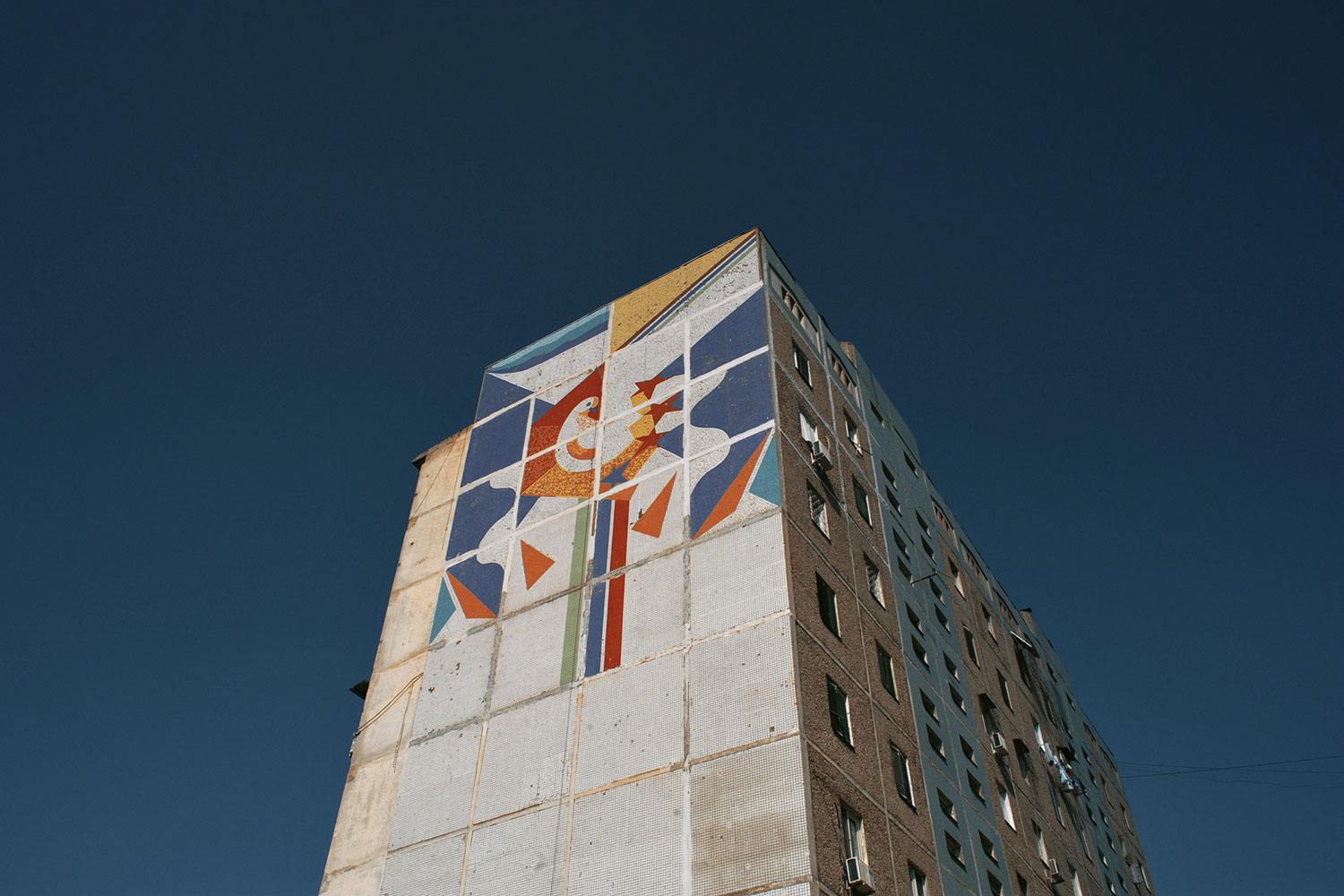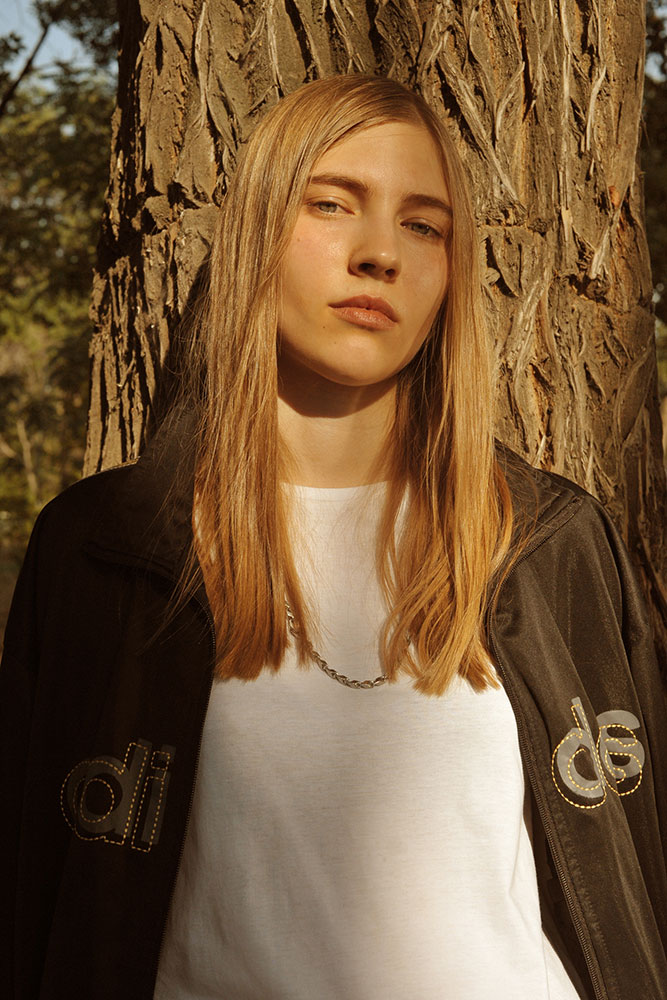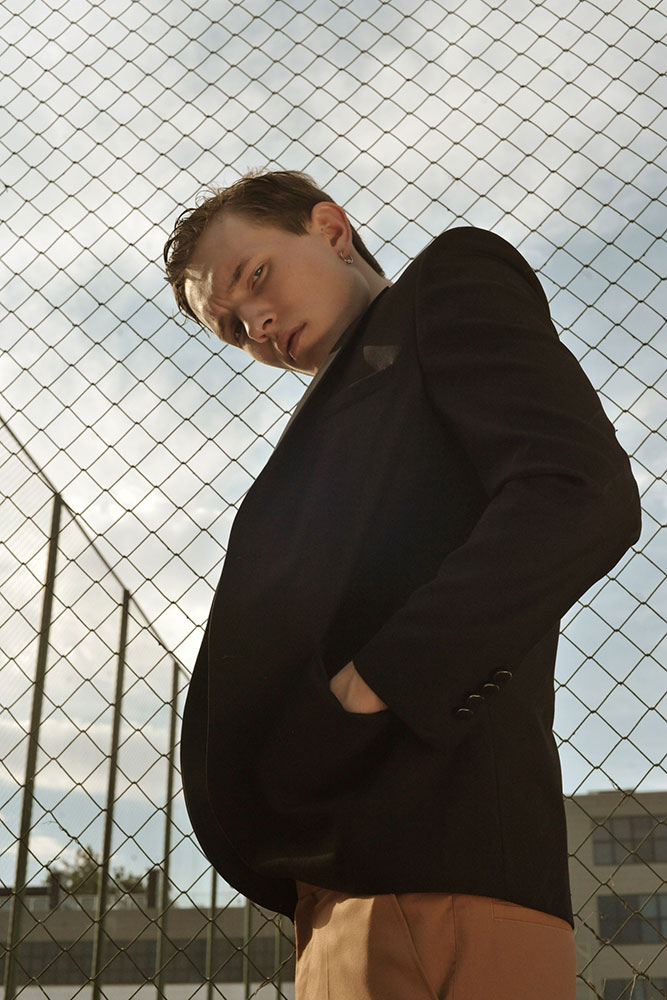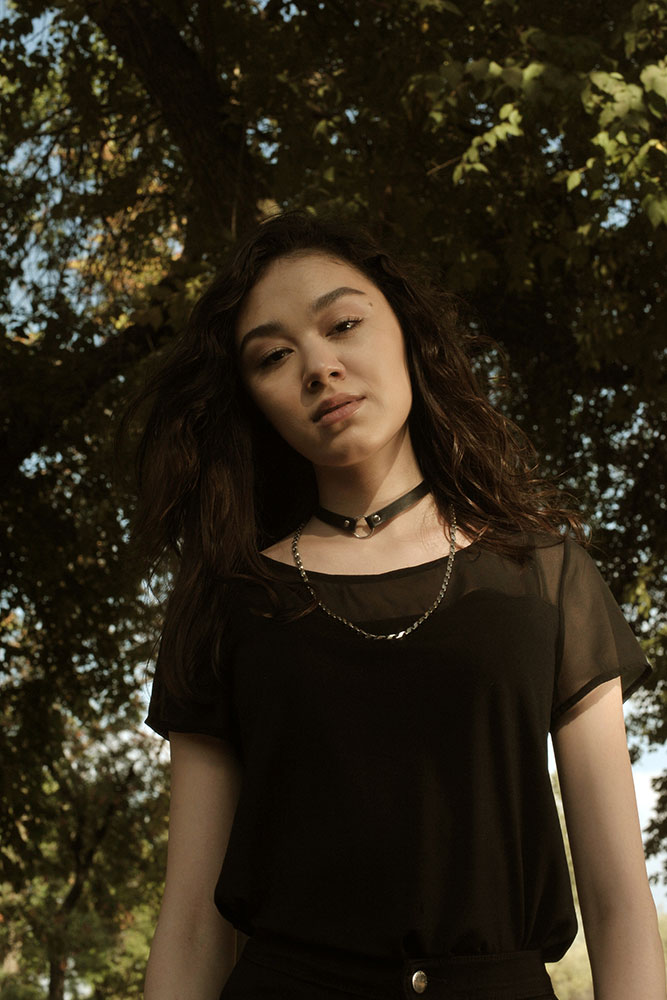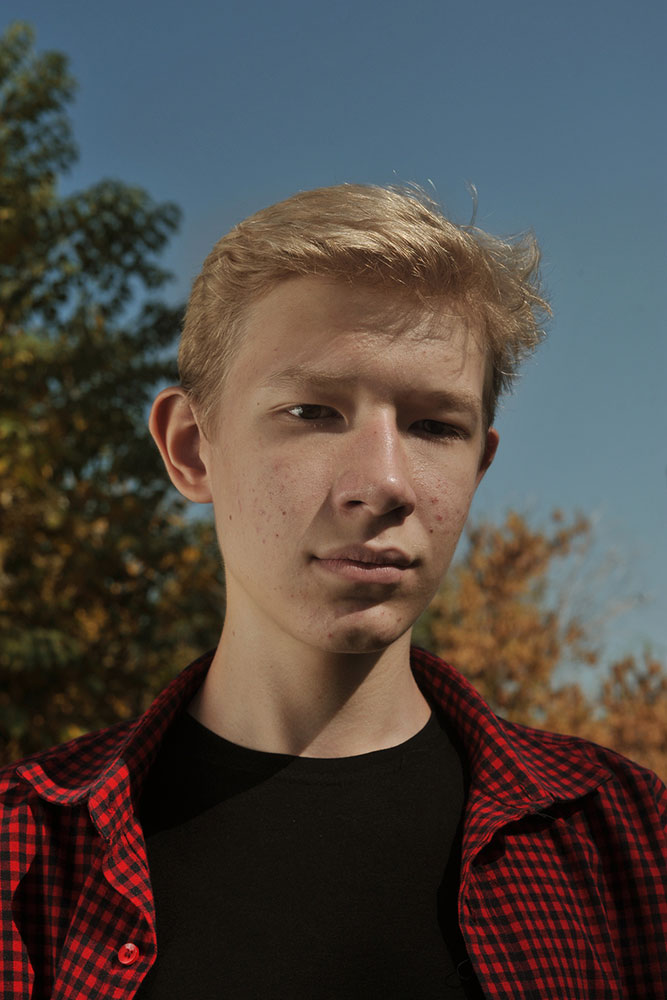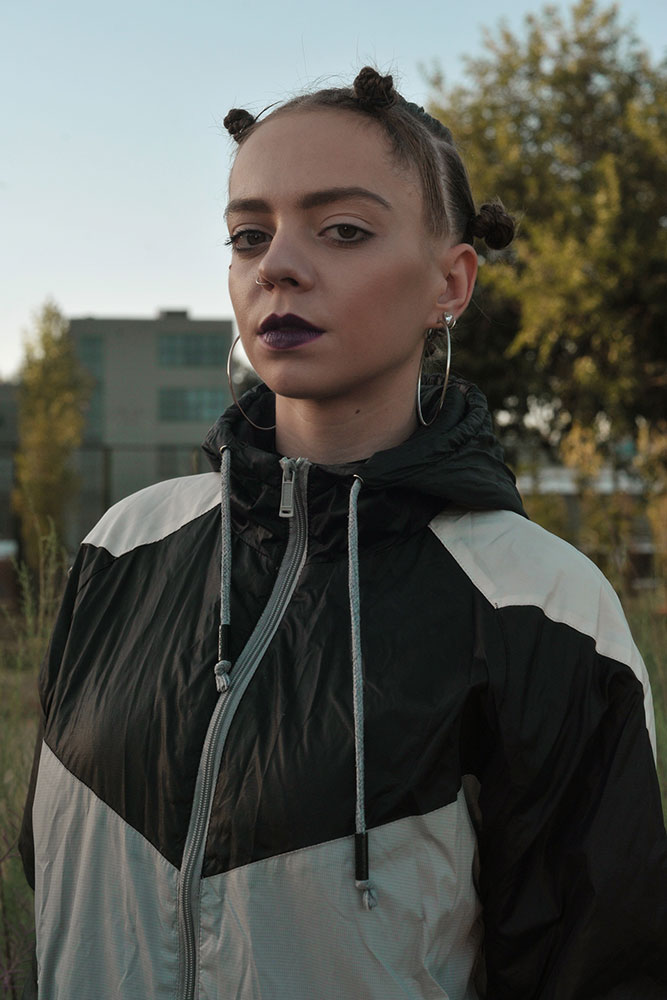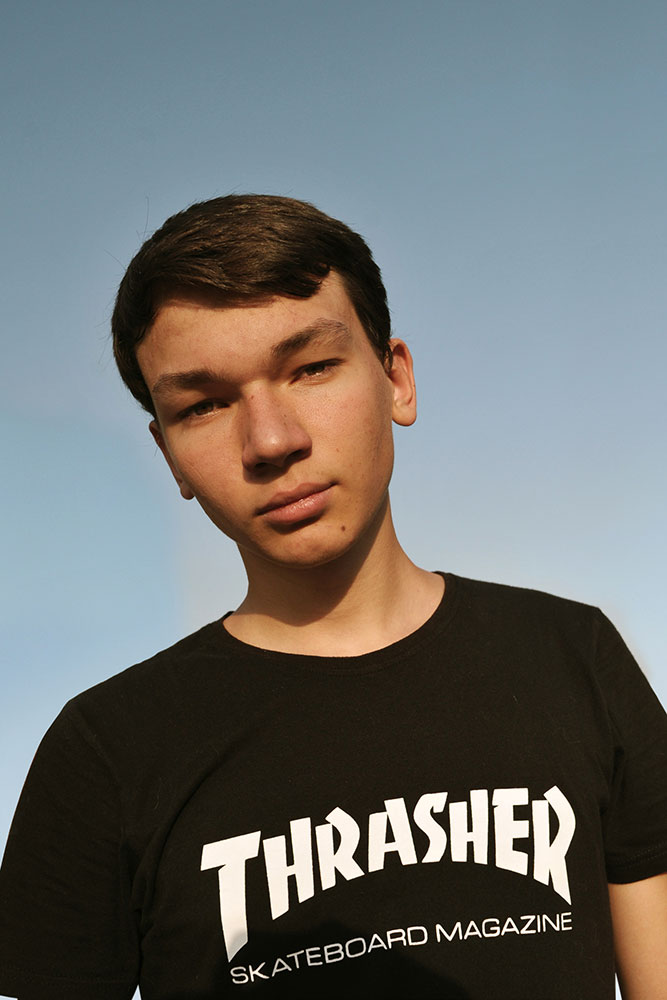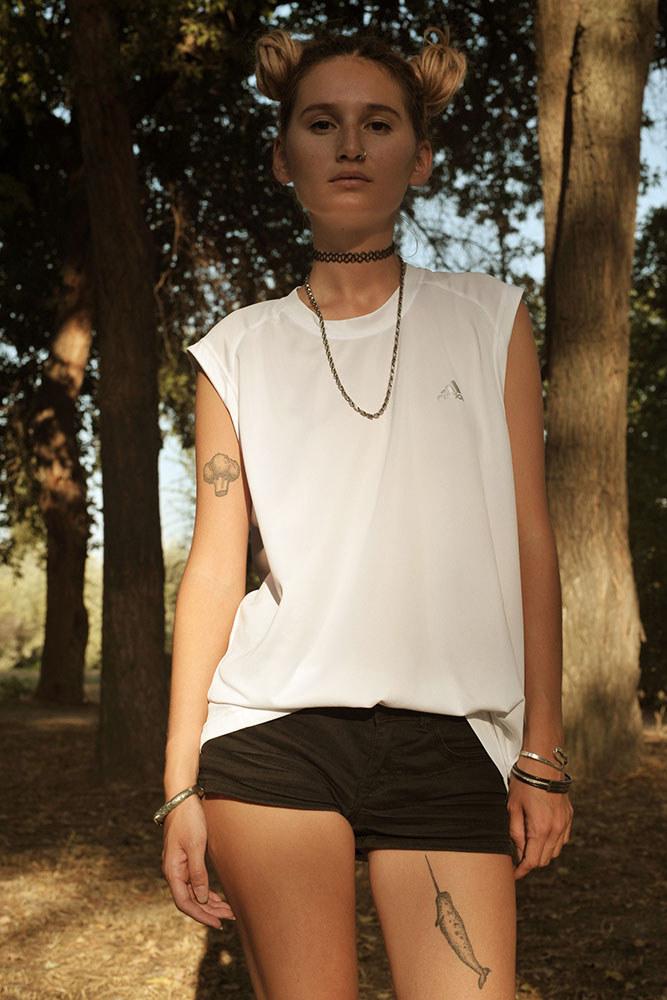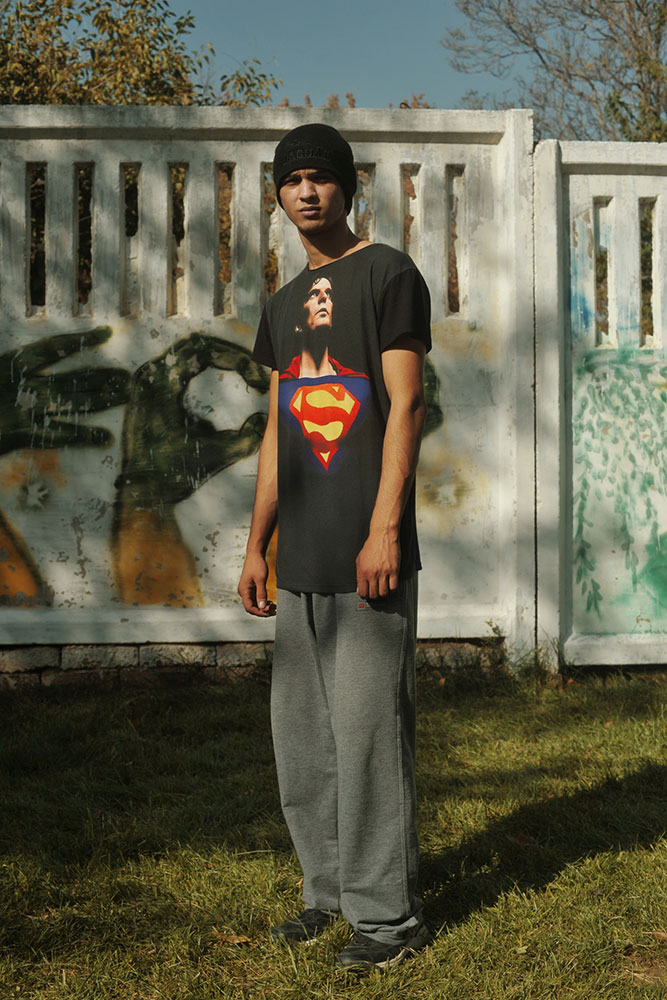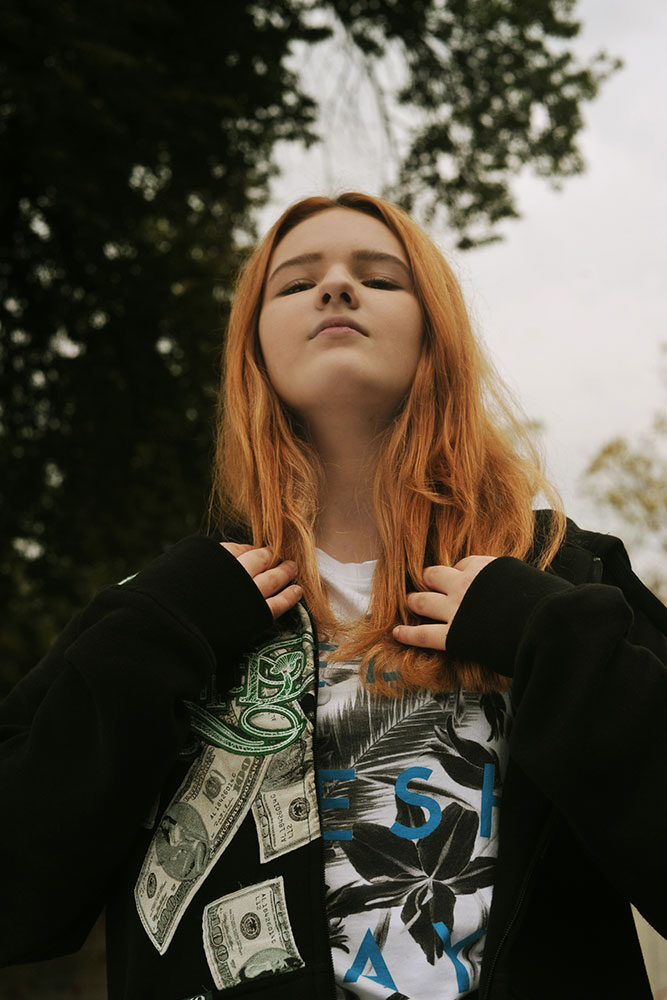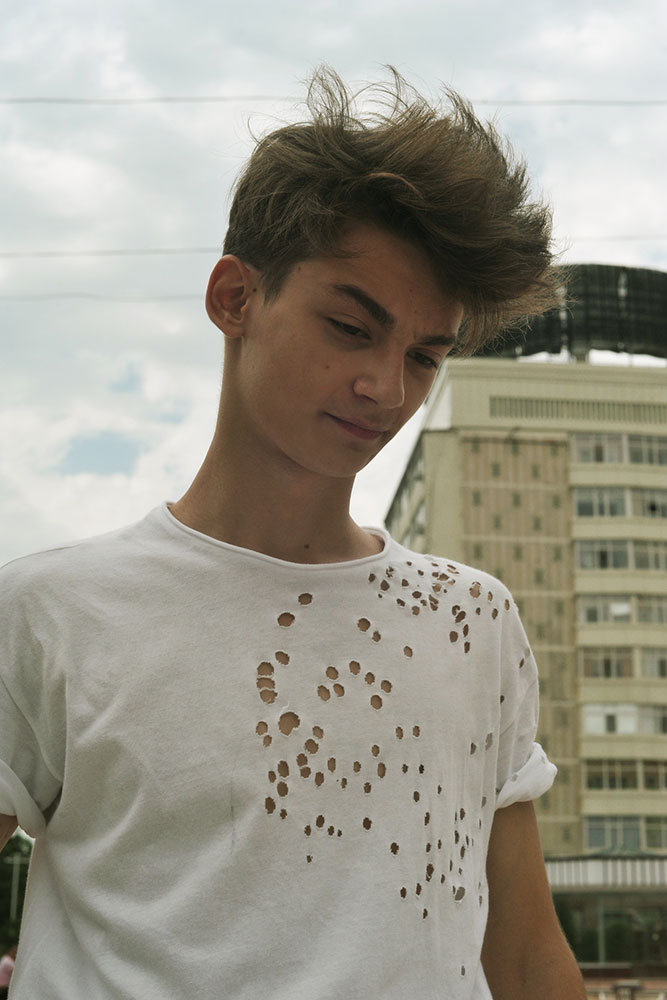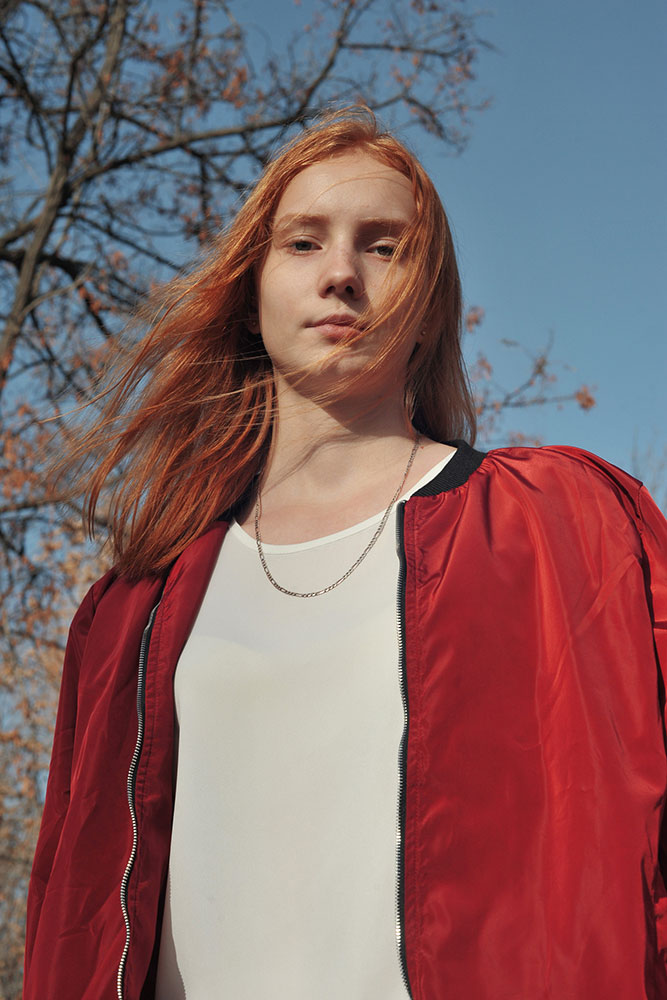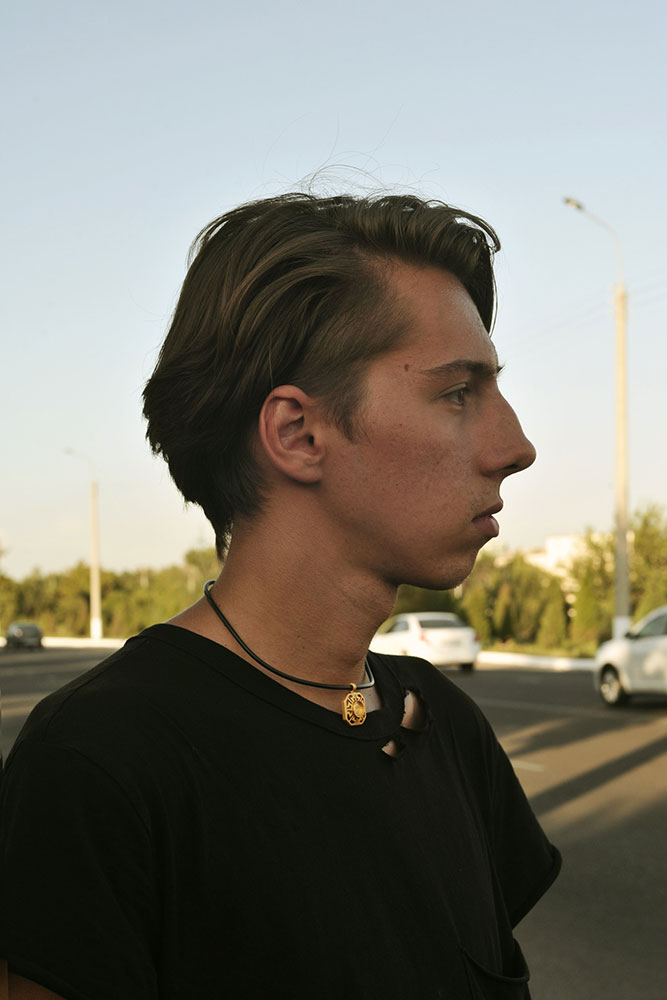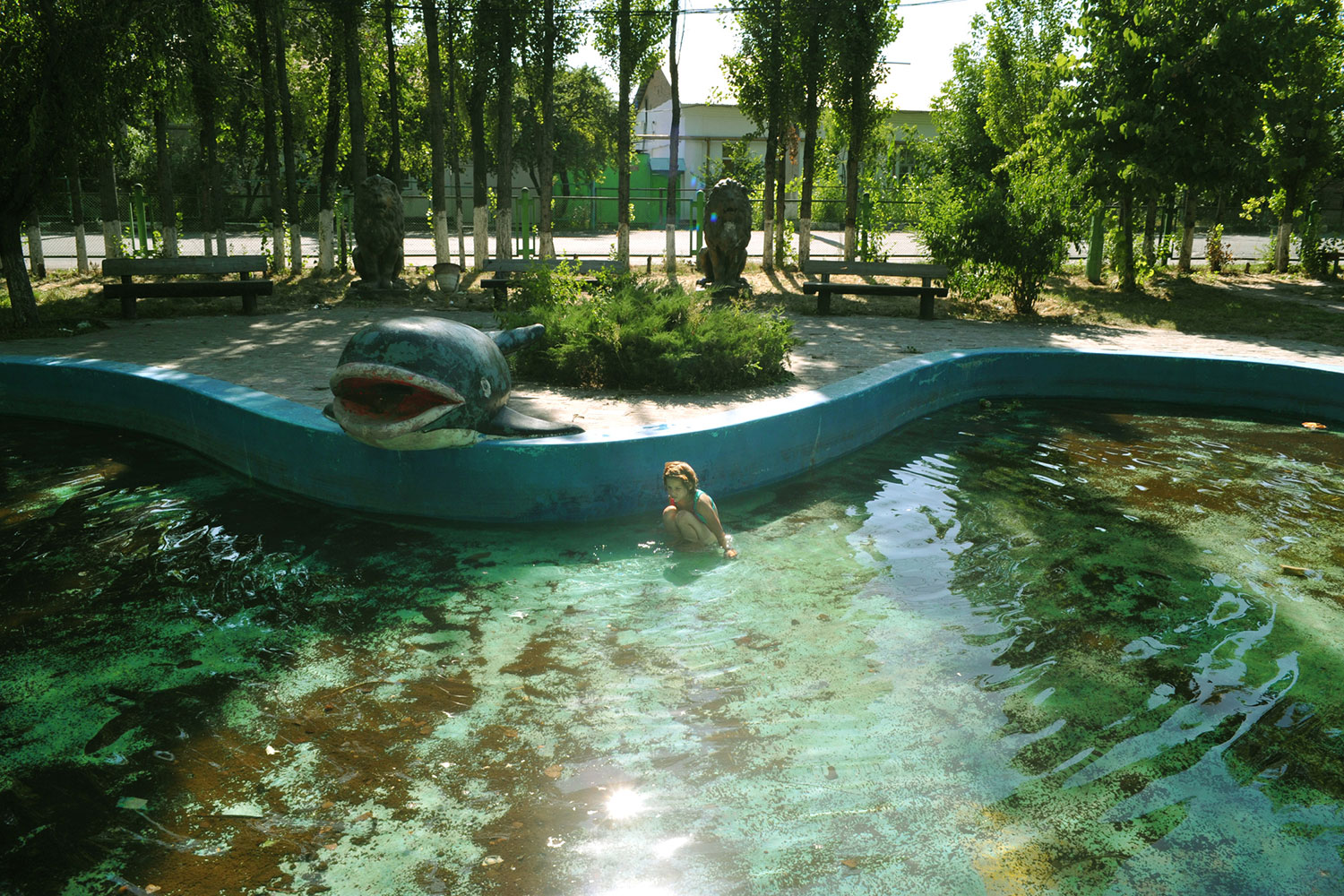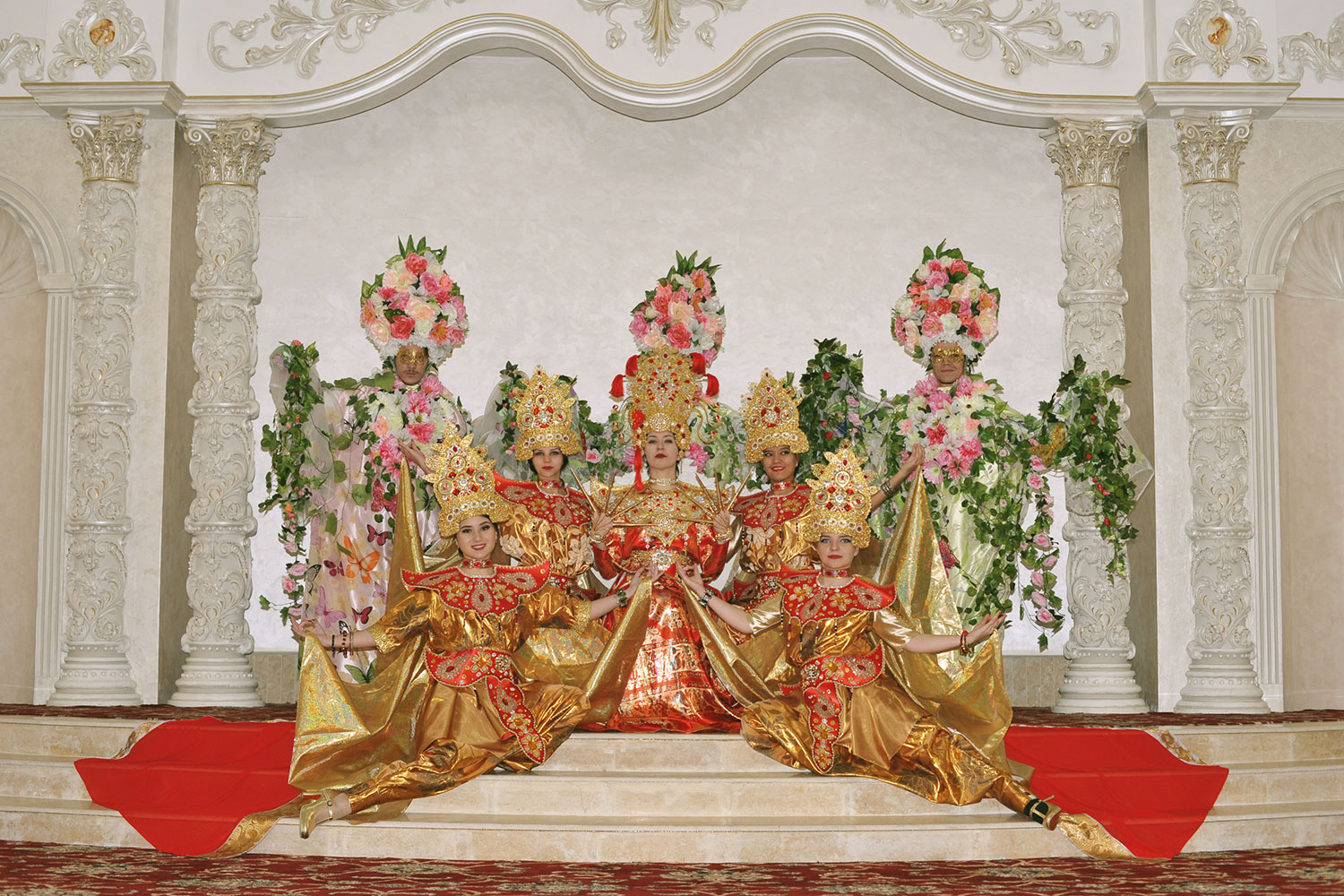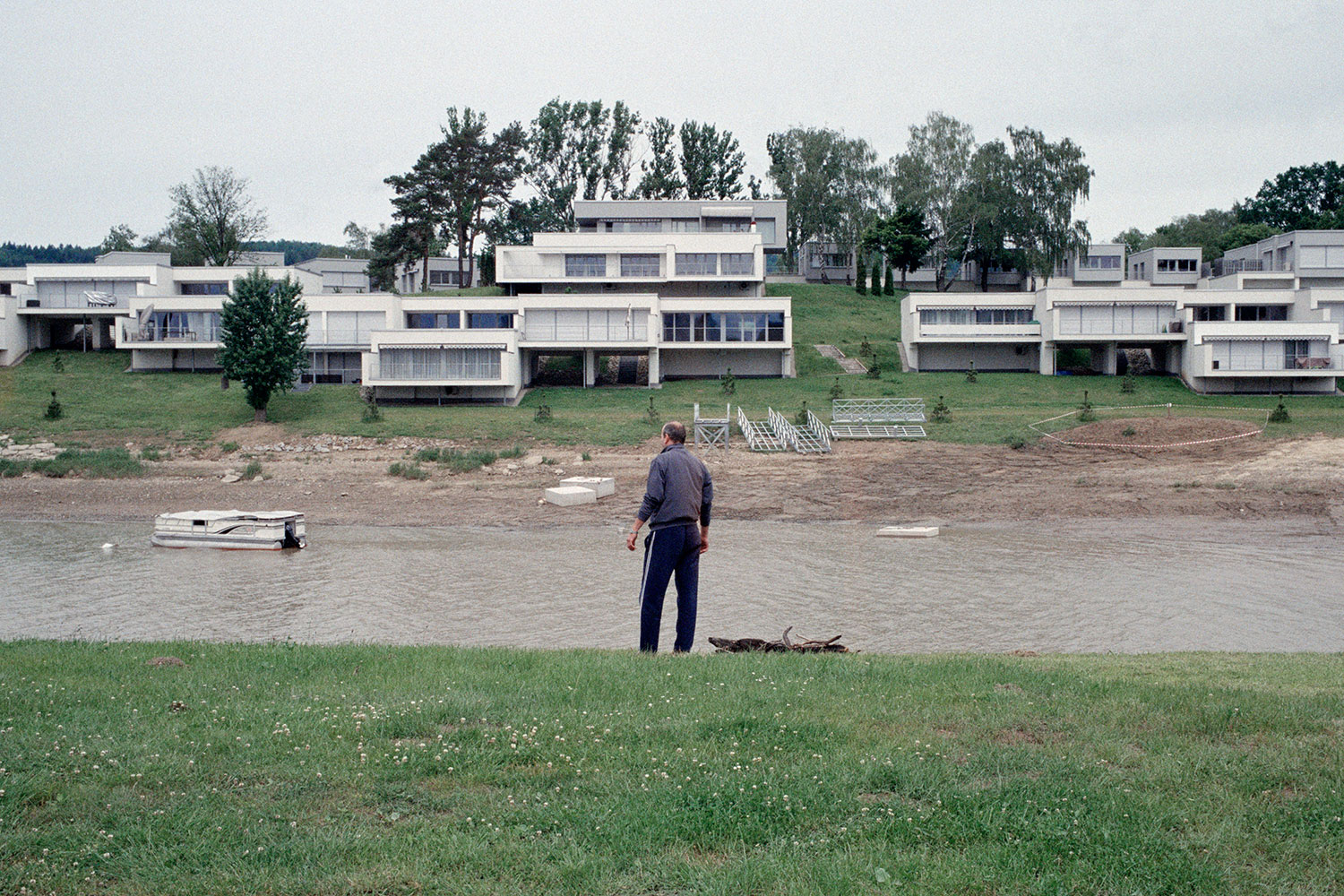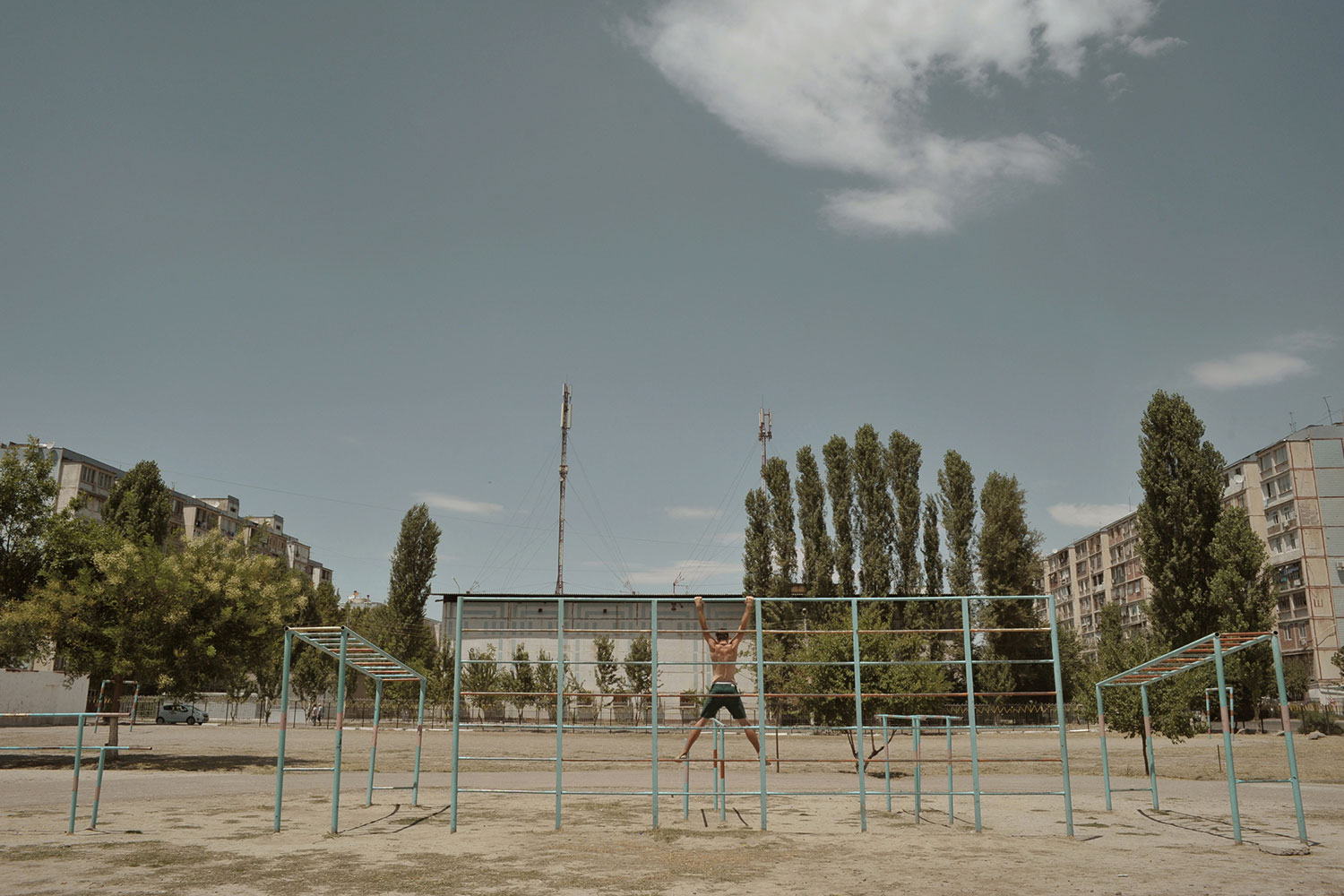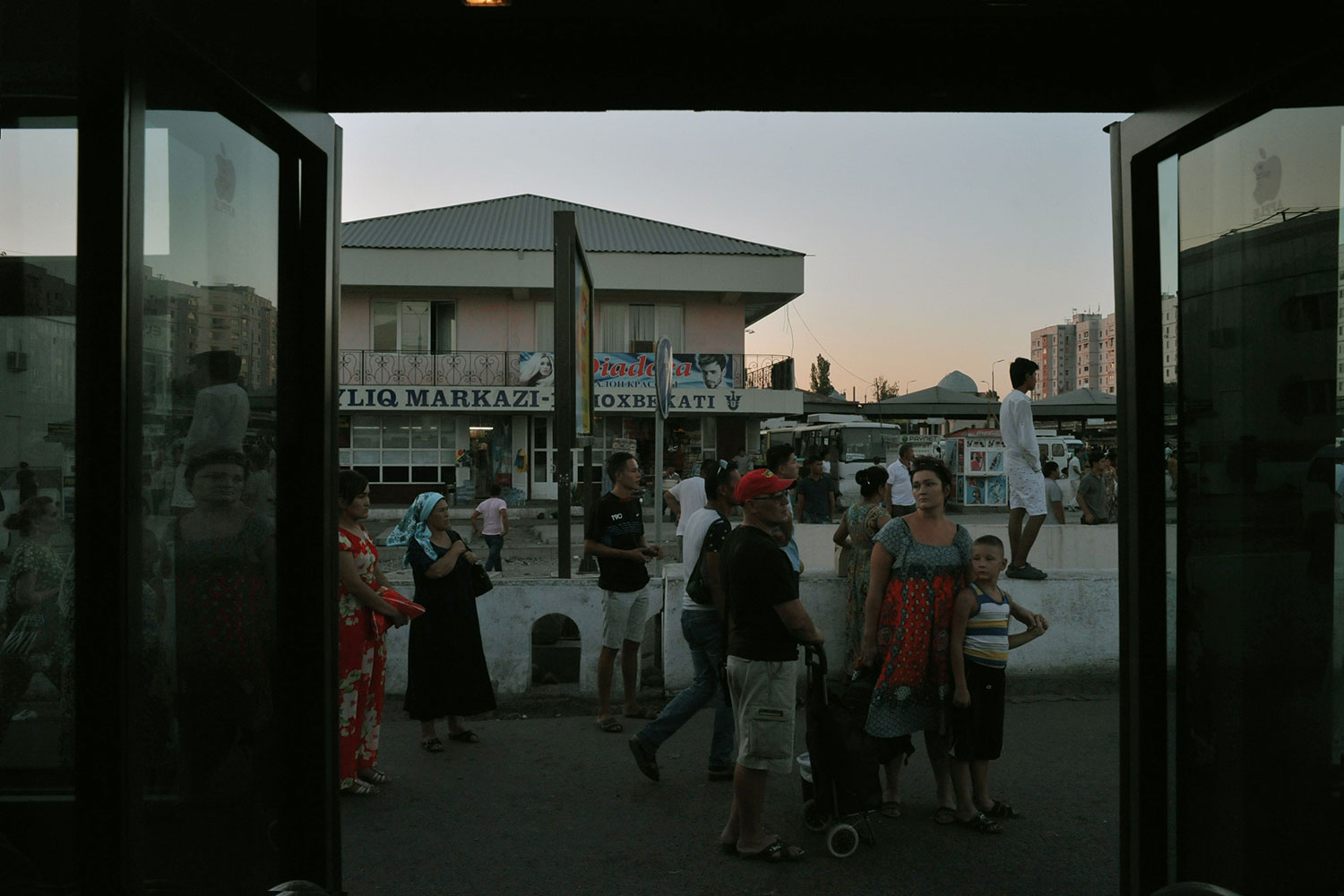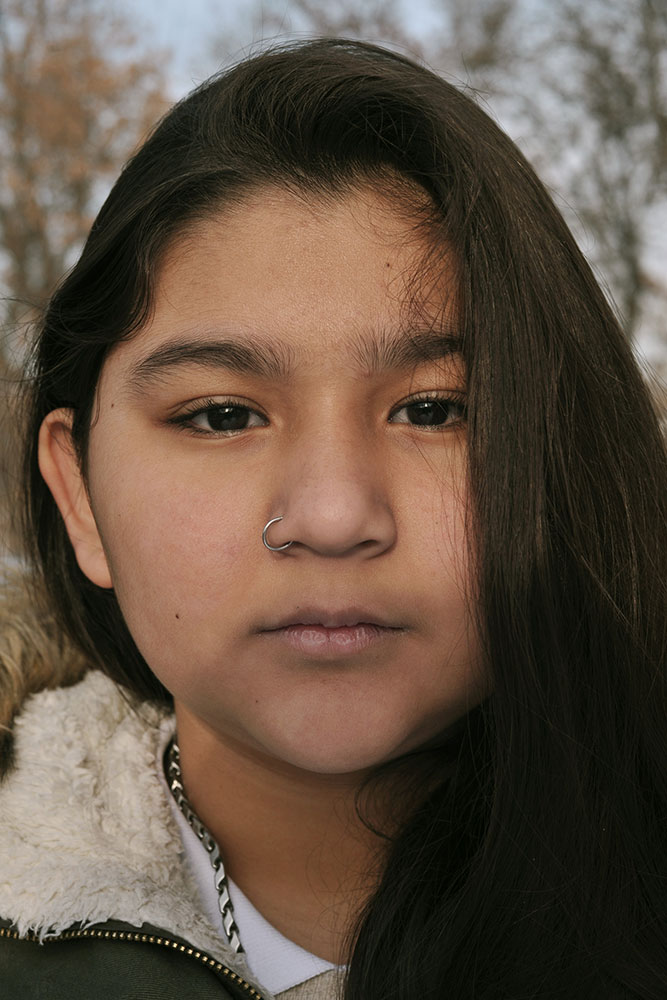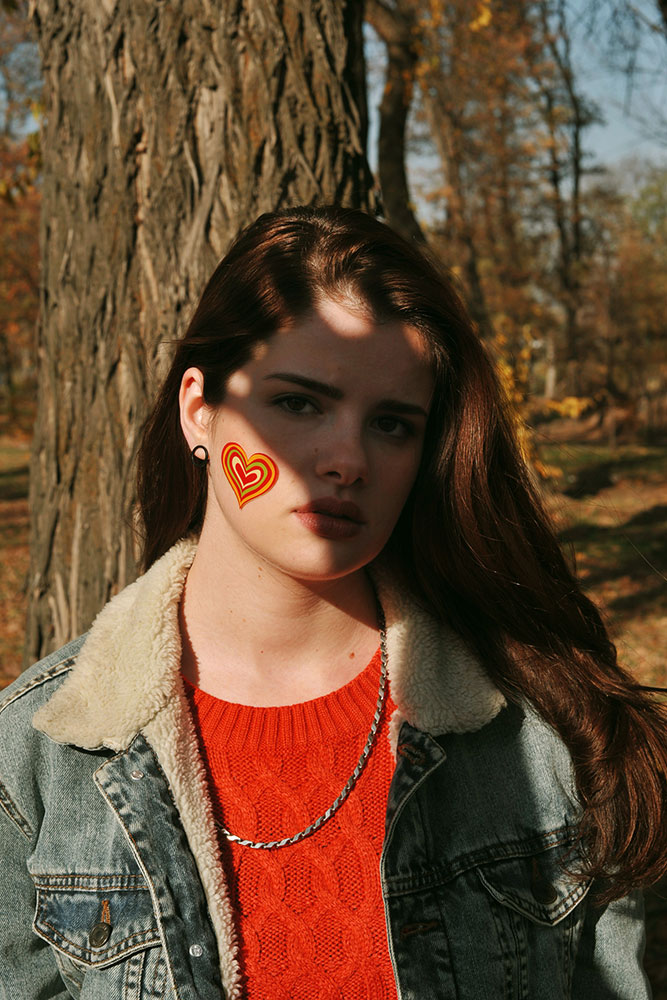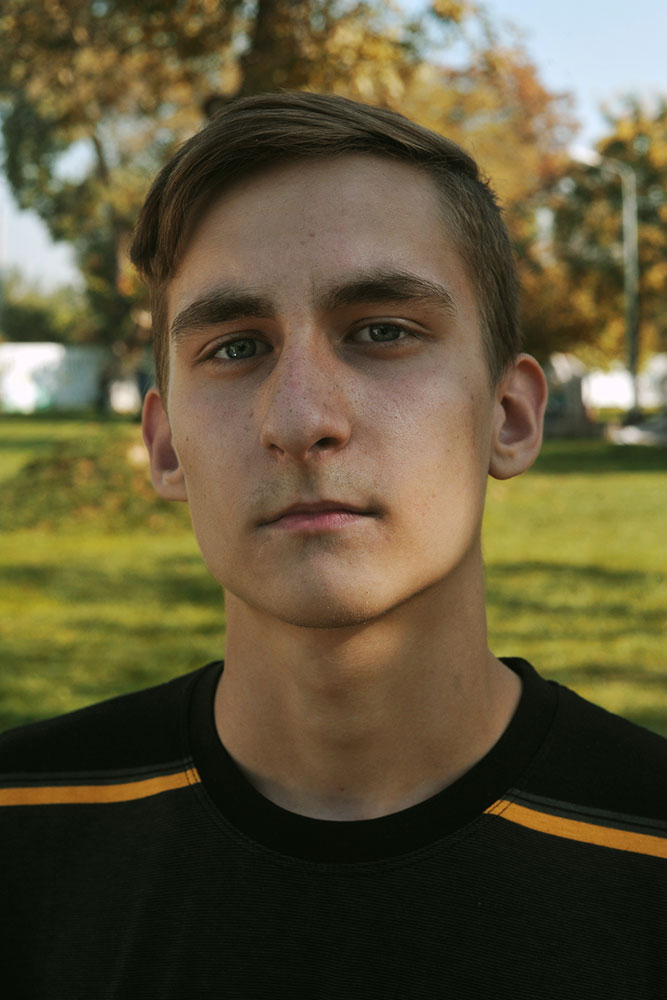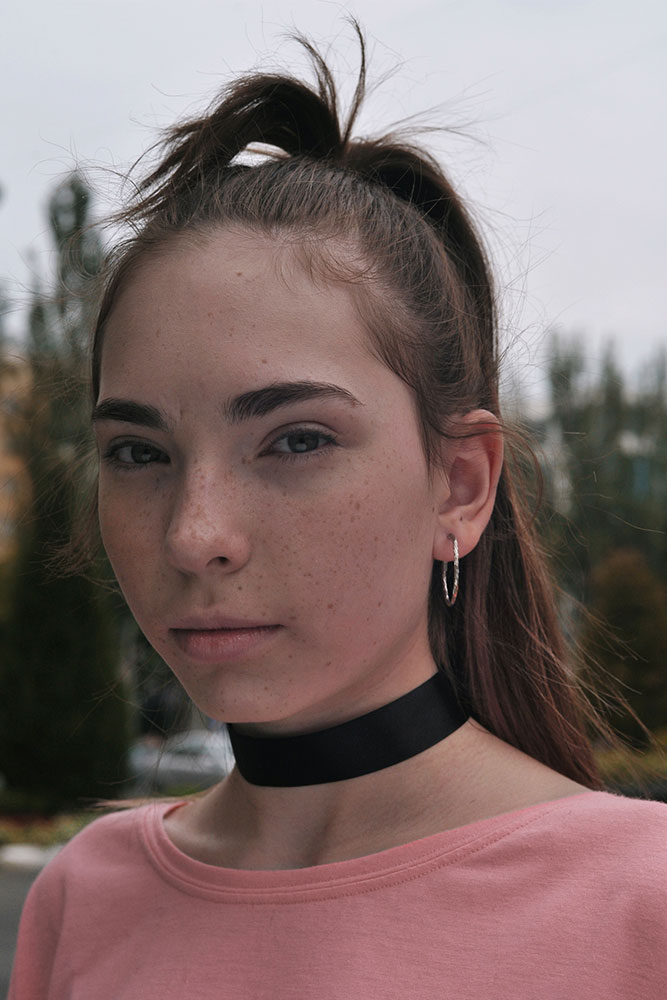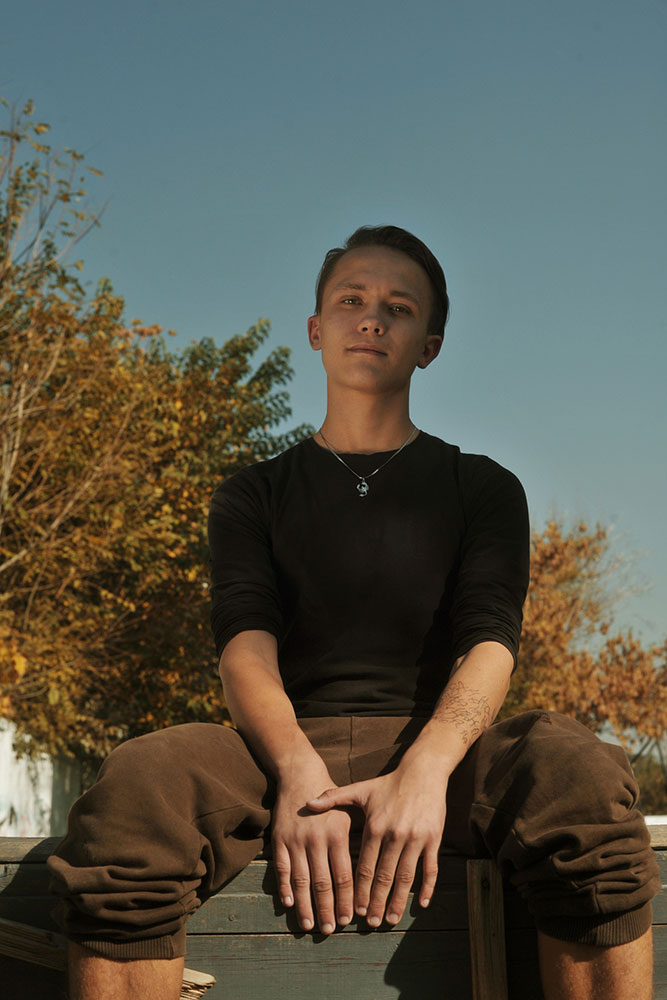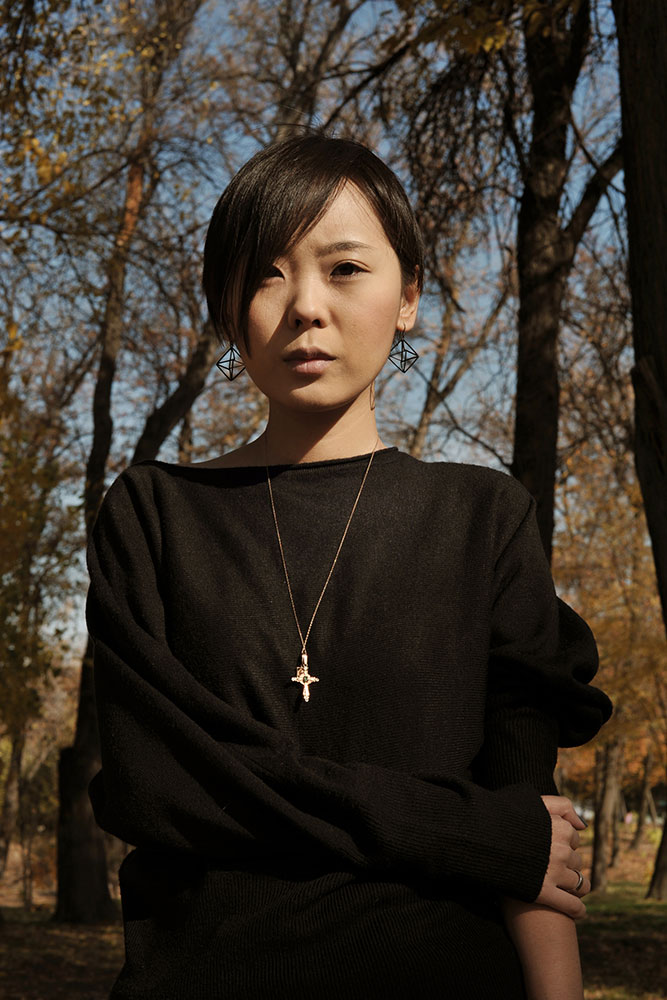Young blood: a new generation of teenage talent is reinventing Tashkent
Uzbek photographer Hassan Kurbanbaev captures the multicultural thrill of a capital on the rise
“I think most people, especially young people, don’t know or ever hear about Uzbekistan,” photographer Hassan Kurbanbaev tells me. Famed for its ancient turquoise-domed cities on the Silk Road, Uzbekistan holds a unique position as the only country to border all the Central Asian states, as well as Afghanistan. Add to this its large Russian-speaking community, the result of many decades of Russian Imperial and Soviet rule, and you get a melting pot of languages, cultures and beliefs.
Tashkent, however, always stood out as the most cosmopolitan of Uzbek cities. The earthquake of 1966 as good as razed its traditional cityscape, while the Soviets converted mosques, churches and madrasas into secular institutions like workers’ clubs and womens’ centres, built factories and housing communes and even introduced brutalist concrete forms borrowed from Moscow and other Russian cities. Following Uzbekistan’s independence in 1991, the capital had to reinvent itself, and now a generation born after this momentous event is changing the face of the city.
Kurbanbaev experienced the last decade of Soviet rule and the emergence of an independent Uzbekistan, which had a deep impact on his teenage years. Trying his hand at cinematography and radio before finally settling on photography, Kurbanbaev spent much of his career wondering why this rich and multifaceted country has not caught the attention of the rest of the world. “Today we have amazing crews of skaters, hip-hop dancers, performers who sing in Uzbek, Russian or English,” Kurbanbaev adds. As a photographer, he’s made it his mission to put his home town on the map.
“Today, social media is a strong instrument, cultural borders are blurred”
“I’m from Chilanzar district. It is located in the south-west of Tashkent; it is a place of many apartment buildings and trees all around, a multi-national area. I grew up in a mixture of cultures, in an atmosphere of change — I was nine when Uzbekistan became independent. As all kids of that time we absorbed the new reality very fast,” Kurbanbaev says.
His most vivid memories following Uzbekistan’s independence revolve around the influx of Western music in the 1990s, which no doubt came to influence his passion for working in radio. “It was a music boom for all of us and as a teen I was crazy about Western music, so I would regularly go downtown. There was an underground place where you could buy a lot of pirate CDs coming in from Poland, I think. It was like a musical paradise for me. I had no CD player at the time, so I had cassettes, and the guys there would record me mixtapes for very little money. Fugees, Tori Amos, Garbage… And every time I’d return home with the music, I felt that I had something really precious, something big. I’d feel I have this connection to the big world. And I think many young people felt the same,” the photographer recalls.
Despite heavy government restrictions on internet use, Tashkent’s youth today are increasingly switched on to Instagram or Russian-language site VKontakte. Moreover, they continue to draw on global brands and style trends disseminated through social media. “Today, social media is a strong instrument, cultural borders are blurred. I believe young people with their 3G smartphones, listen to the same music, watch the same movies no matter what country they are in. We are living in a global pop decade,” Kurbanbaev says. So he took to social media and the city’s streets, wanting to reflect the Tashkent residents, for whom brands like Thrasher or Palace feel more familiar than their Soviet past.
Yet Kurbanbaev’s photos are not odes to trend-fuelled consumerism. Instead they capture an emerging generation that balances global trends with tradition. In recent years, the Uzbek authorities have reportedly slammed pop stars for what they choose to wear on national television. The young people in these portraits can’t be told what to like and what to wear. Getting to know his subjects, many of whom he had met for the first time, Kurbanbaev is confident in the future of the city: “They all do different things — either still at school, or involved in singing, dancing, skating, modelling and parkour. They represent different ethnicites — from Uzbek to Russian, from Jewish to Korean. But I noticed one important thing — they were quite honest, positive, creative and confident in what they do. I felt such a strong life stance. They do not want to be nice, they want to be themselves. I thought, if this is the new generation of Tashkent, then we are on the right track.”
Text: Liza Premiyak
Image: Hassan Kurbanbaev
